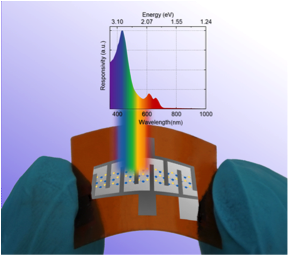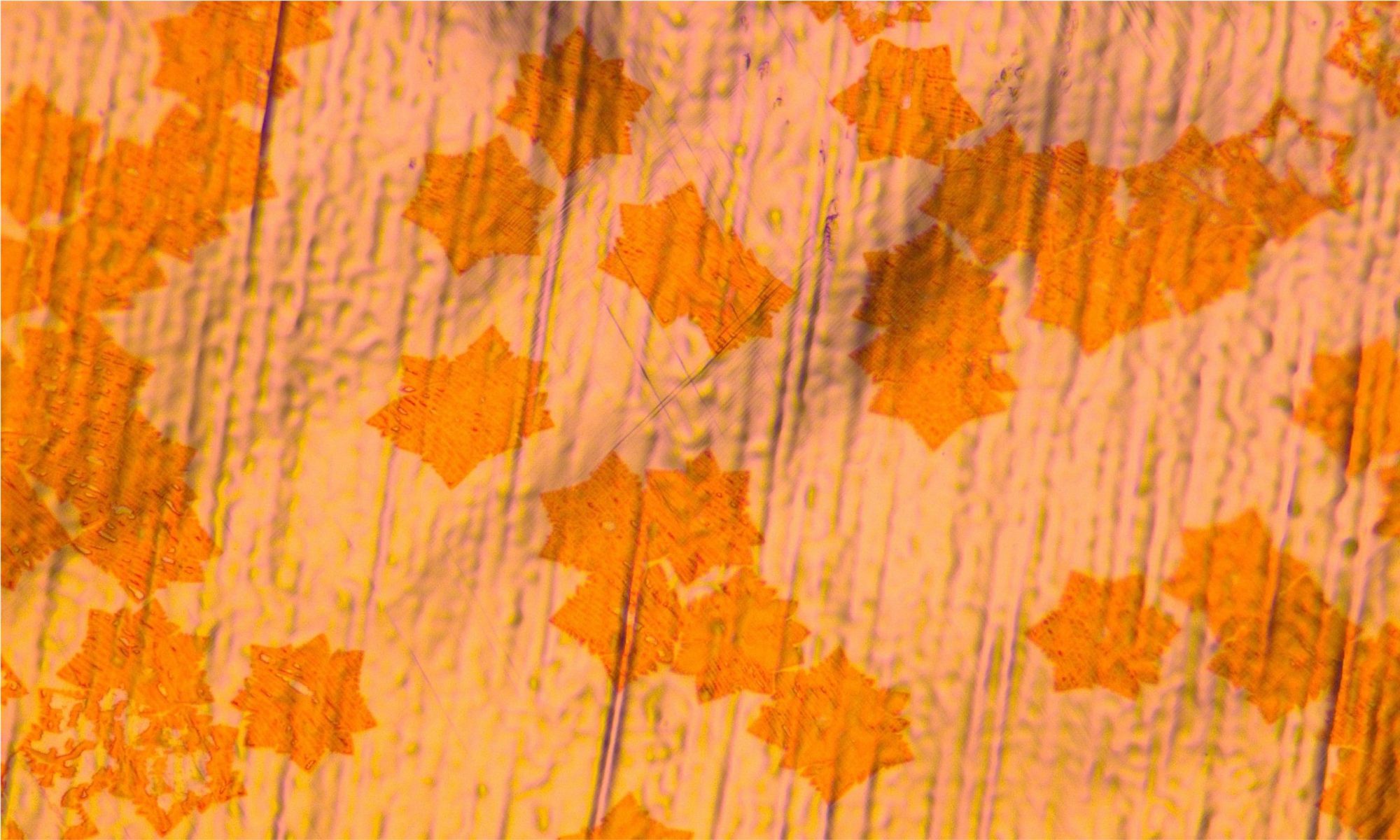Researchers from AMO GmbH and RWTH Aachen University have successfully demonstrated high-responsivity molybdenum disulfide (MoS2) photodetectors on flexible substrates, realized with a scalable manufacturing technology. The work has been recently published in the journal ACS Photonics, and it is the result of a cooperation with the University of Siegen, Raith B.V., AIXTRON SE, and the University of Wuppertal.
Molybdenum disulfide is a two-dimensional material that is ideally suited for realizing flexible high-sensitivity photodetectors. However, most of the devices demonstrated so far are based on MoS2 crystals of only a few micrometers in size, obtained in a complex process, poorly compatible with an industrial-scale implementation.

In their recent work, Schneider and co-workers have demonstrated an approach scalable to large-volume production of high-performance phototedectors, starting from MoS2 deposited on sapphire wafers using Metal Organic Vapor Phase Epitaxy (MOVPE). The excellent cooperation between AMO, RWTH, and AIXTRON has allowed optimizing the tools for material-growth (a commercial AIXTRON Planetary Reactor), as well as the transfer processes and the technology for realizing highly-sensitive photodetectors on flexible substrates.
This work is an important step towards real-life applications of 2D materials for flexible electronics in the areas of the Internet of Things and medical devices. In particular, “blue light hazard” – a possible risk related to certain modern light sources – can be efficiently detected by the present sensor concept. The research work was funded by the European Union (QUEFORMAL, 829035) and Graphene Flagship (785219, 881603), European regional funds (HEA2D, NW-1-1-036), the German Research Foundation (MOSTFLEX, 407080863) and the German Ministry of Education and Research (NeuroTec, 16ES1134).
